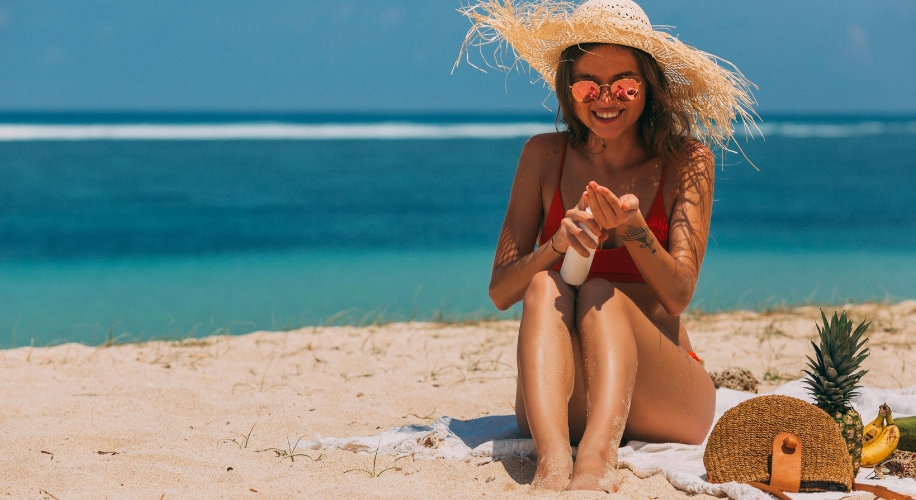UV Index Explained: What It Means and How to Stay Safe
Photo by Mikhail Nilov
As we enjoy the great outdoors this summer, understanding the UV index is crucial for protecting ourselves from the harmful effects of ultraviolet (UV) radiation. In this blog post, we’ll delve into what the UV index signifies, its significance for sun safety, and practical tips for staying protected.
What is the UV Index?
The UV index is a measure of the strength of UV radiation from the sun at a particular time and location. It provides valuable information about the potential risk of sunburn and other UV-related health issues. The scale typically ranges from 0 to 11 or higher, with higher values indicating greater UV intensity and increased risk of harm.
Understanding UV Index Levels
- Low (0-2): UV exposure is minimal, and protection may not be necessary for most people. However, sunglasses are still recommended on bright days to protect your eyes.
- Moderate (3-5): UV exposure is moderate, and sun protection is recommended, especially during midday hours when UV intensity is highest.
- High (6-7): UV exposure is high, and extra precautions are advised. Stay in the shade during peak sun hours, wear protective clothing, and apply sunscreen regularly.
- Very High (8-10): UV exposure is very high, posing a significant risk of sunburn and skin damage. Take extreme precautions, including seeking shade, wearing protective clothing, and using broad-spectrum sunscreen with a high SPF.
- Extreme (11+): UV exposure is extremely high, and outdoor activities should be minimized or avoided altogether. Stay indoors during peak UV hours, typically between 10 a.m. and 4 p.m., when the sun’s rays are strongest.

Photo by Zak Chapman
Staying Safe in the Sun
- Check the UV Index: Before heading outdoors, check the UV index for your location and plan accordingly. Many weather websites and smartphone apps provide real-time UV index updates.
- Seek Shade: Whenever possible, seek shade, especially during peak UV hours. Use umbrellas, trees, or canopies to create shade if natural shade is unavailable.
- Wear Protective Clothing: Cover up with lightweight, long-sleeved shirts, pants, hats, and sunglasses to shield your skin and eyes from UV radiation.
- Use Sunscreen: Apply a broad-spectrum sunscreen with SPF 30 or higher to all exposed skin, and reapply every two hours or more frequently if swimming or sweating.
- Limit Outdoor Activities: Minimize outdoor activities during peak UV hours to reduce exposure to harmful radiation. Schedule outdoor activities for early morning or late afternoon when the UV index is lower.
- Stay Hydrated: Drink plenty of water to stay hydrated, as prolonged sun exposure can lead to dehydration and heat-related illnesses.
Shop These Zenni Frames Left & Right
Understanding the UV index is essential for making informed decisions about sun safety. By paying attention to UV levels and taking appropriate precautions such as wearing sunglasses, we can enjoy outdoor activities while staying safe in the sun.






 Canada
Canada